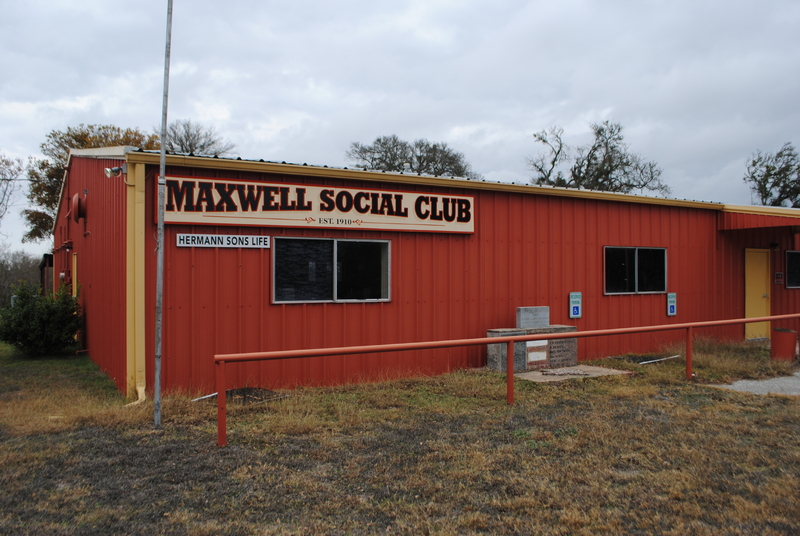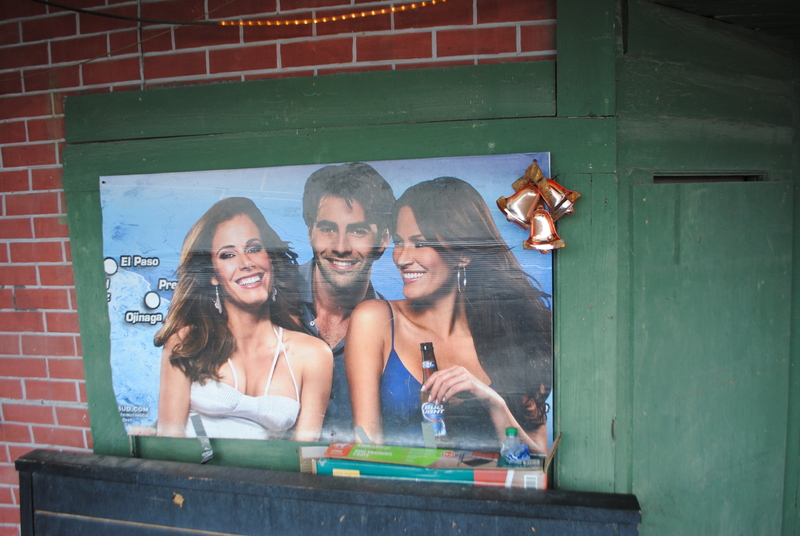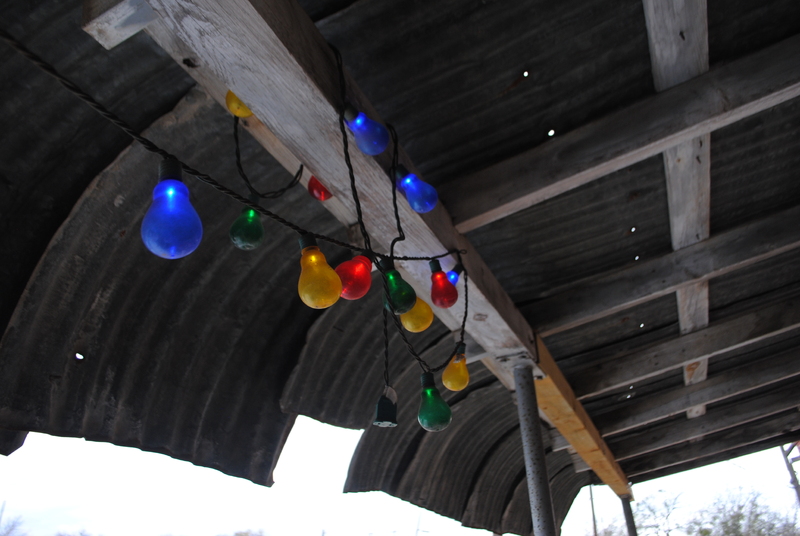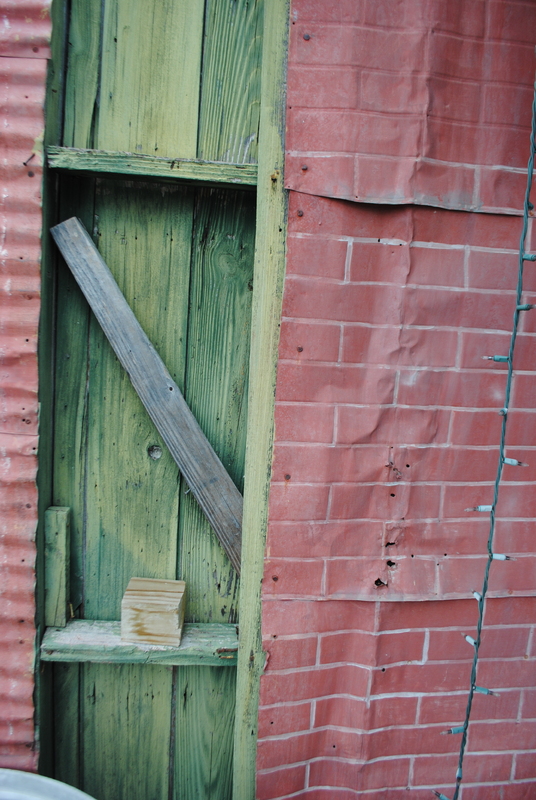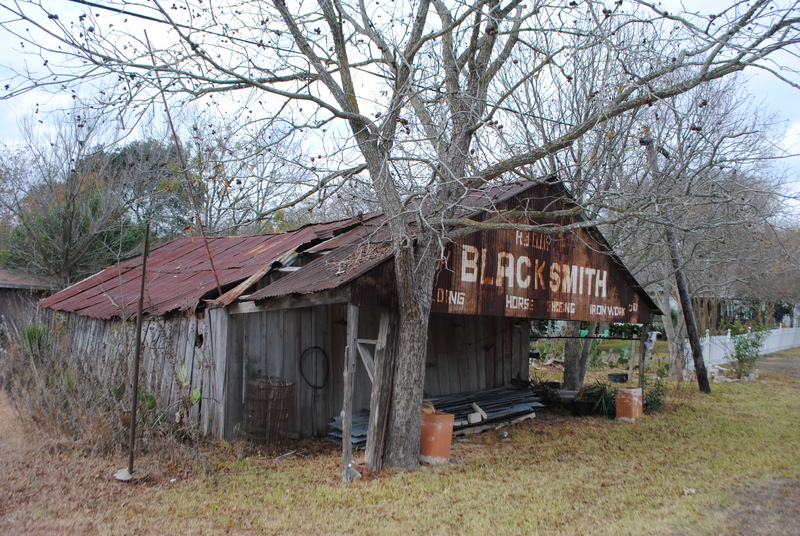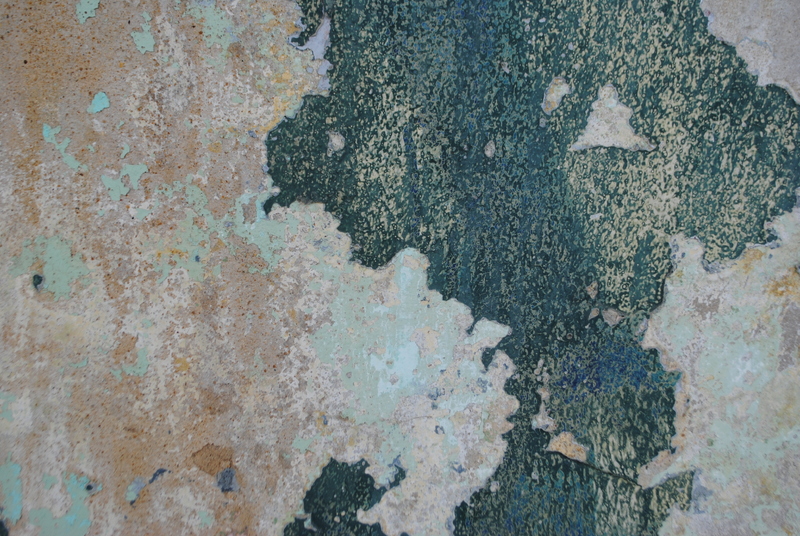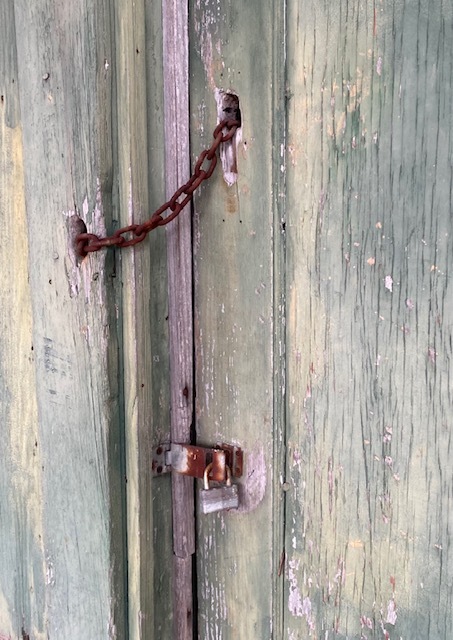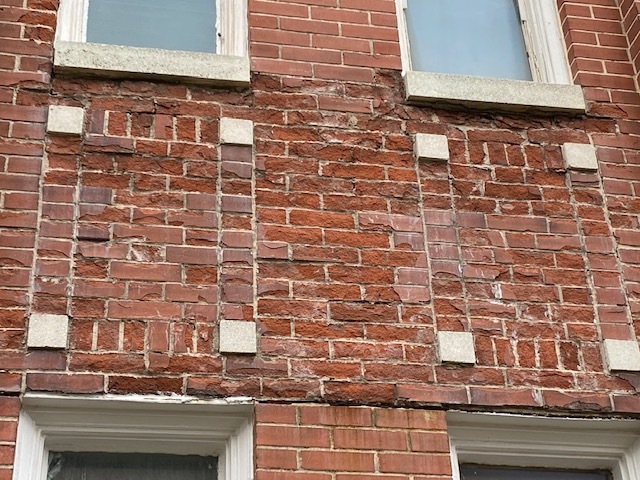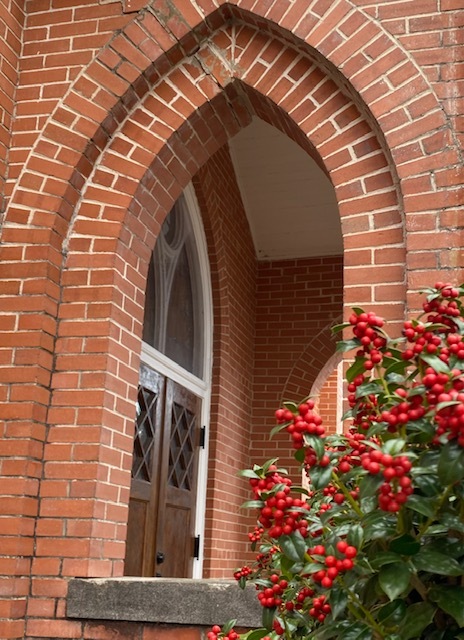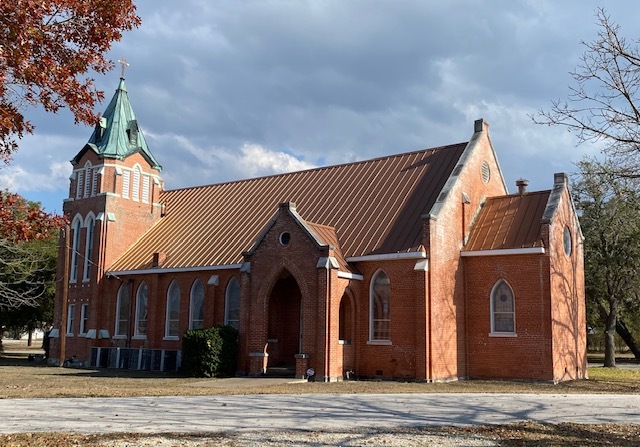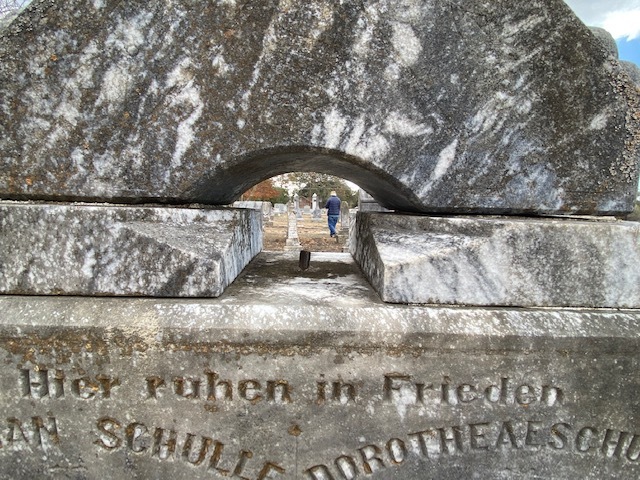Maxwell
Yesterday, Debby and I explored the historic (1880s) town of Maxwell. We photographed the downtown area, including stores, a cantina, Christmas decorations, abandoned structures (blacksmith shop and the Best Building), a two-story house about to fall over, another house in need of lifting and repair yard art, a dump truck, and other sites.
We then traveled on Church Street to Ebenezer Lutheran Church. The congregation dates to 1886, and the German Gothic sanctuary, a Recorded Texas Historic Landmark designed by the noted San Antonio architect, Leo M.J. Diehlman, dates to 1924. We then photographed two adjacent cemeteries, one of primarily German heritage. The other appeared to be a family cemetery, and the focal point was a large granite obelisk.
We then drove farther south on Church Street to where it intersected with SH 142. On the northeast corner is the Cementerio Santa Maria Aida, where we documented two graves related to golfers and a single grave with a corrugated metal awning, which is unique. While at the Cementerio we noticed a young man who was mourning and praying beside an elaborate grave on the east end decorated with mementos and a wooden altar cover.
As we left and turned east on 142, I photographed a roadside memorial that had a photograph but no other provenance. The temporary memorial is roughly at 9675 SH 142.
December 14, 2020
Maxwell, Caldwell County, Texas
Original name, New Martindale, was changed to Maxwell in 1887
Population in 1890 was 25; population in 2000 was 500

